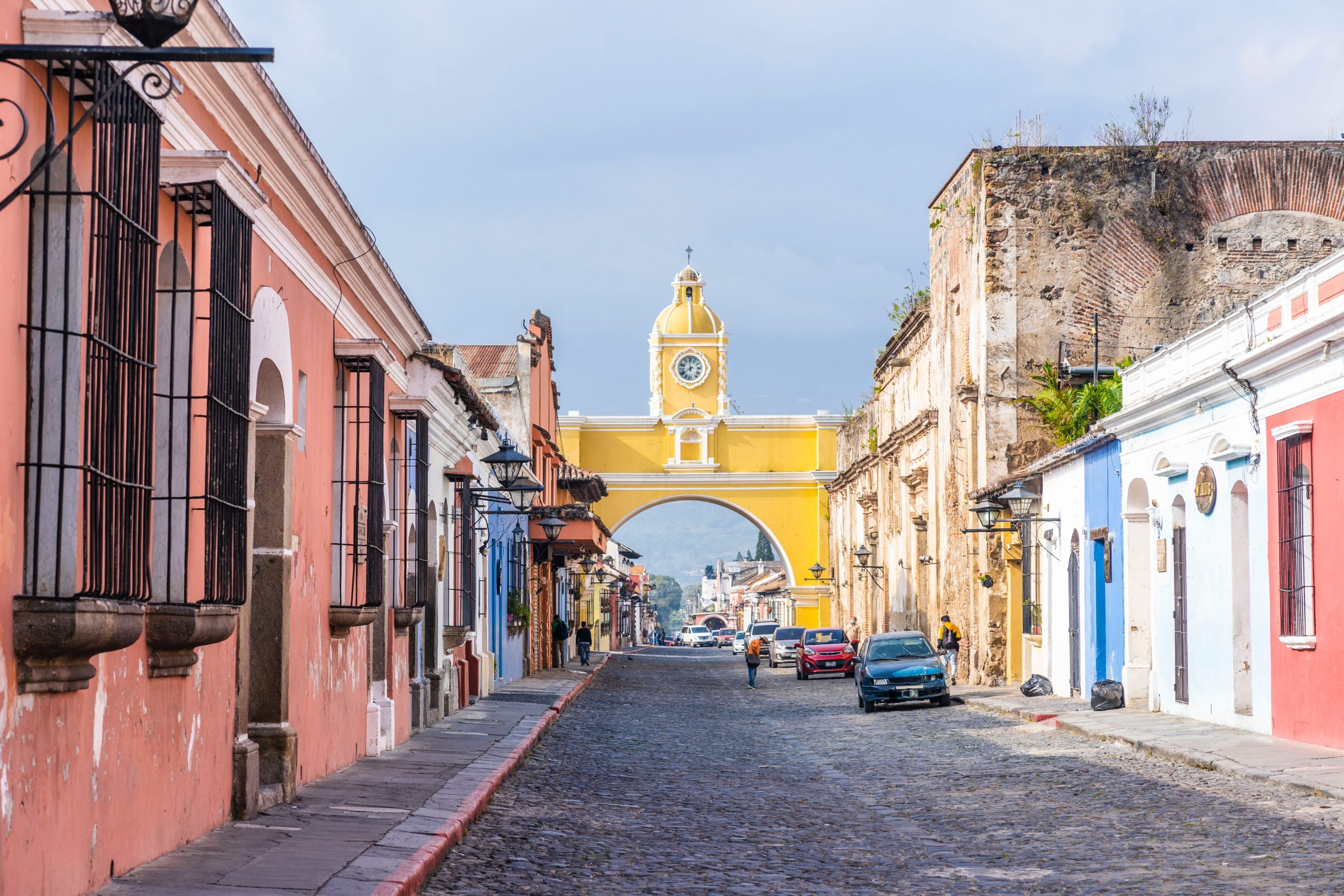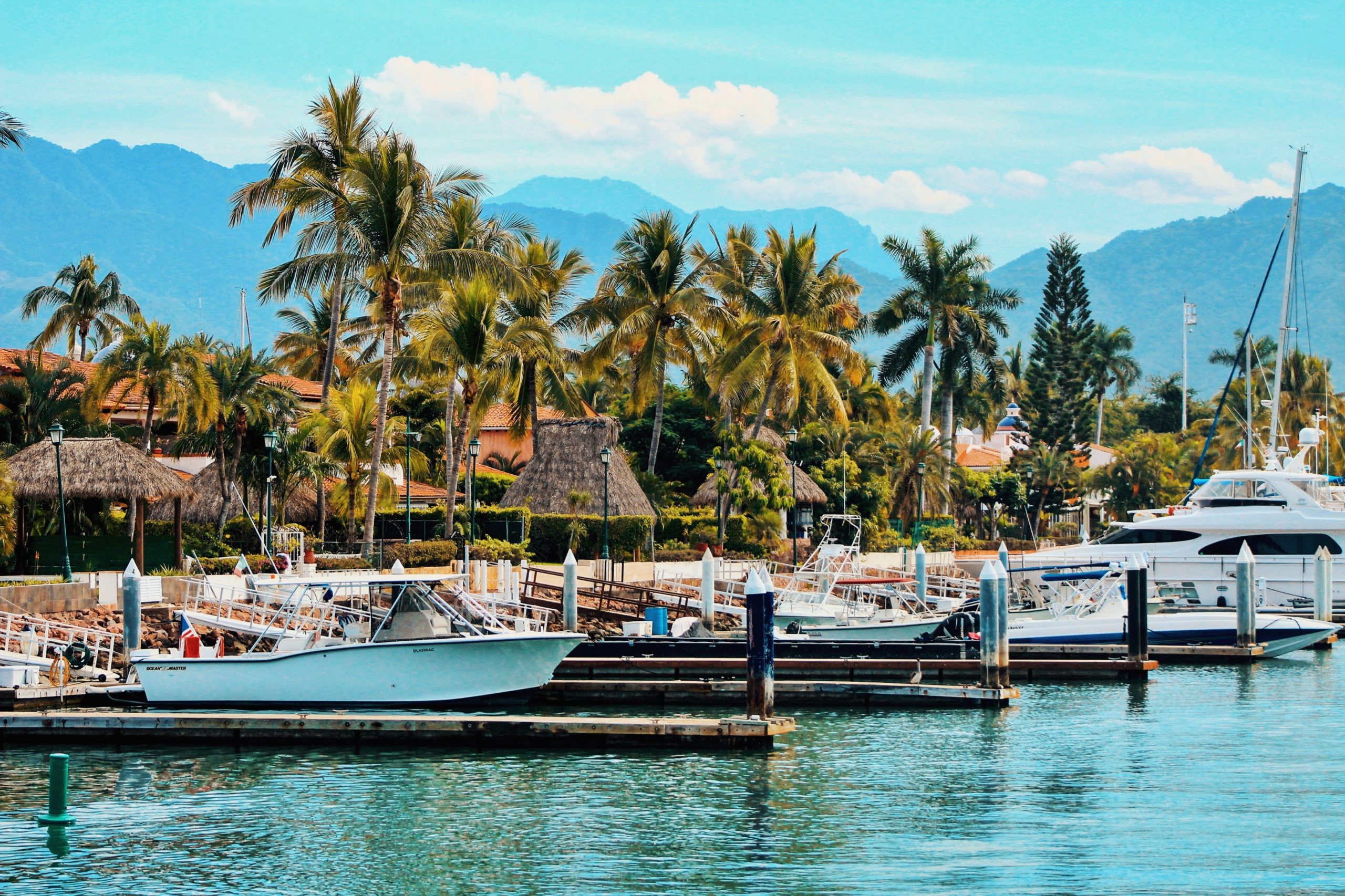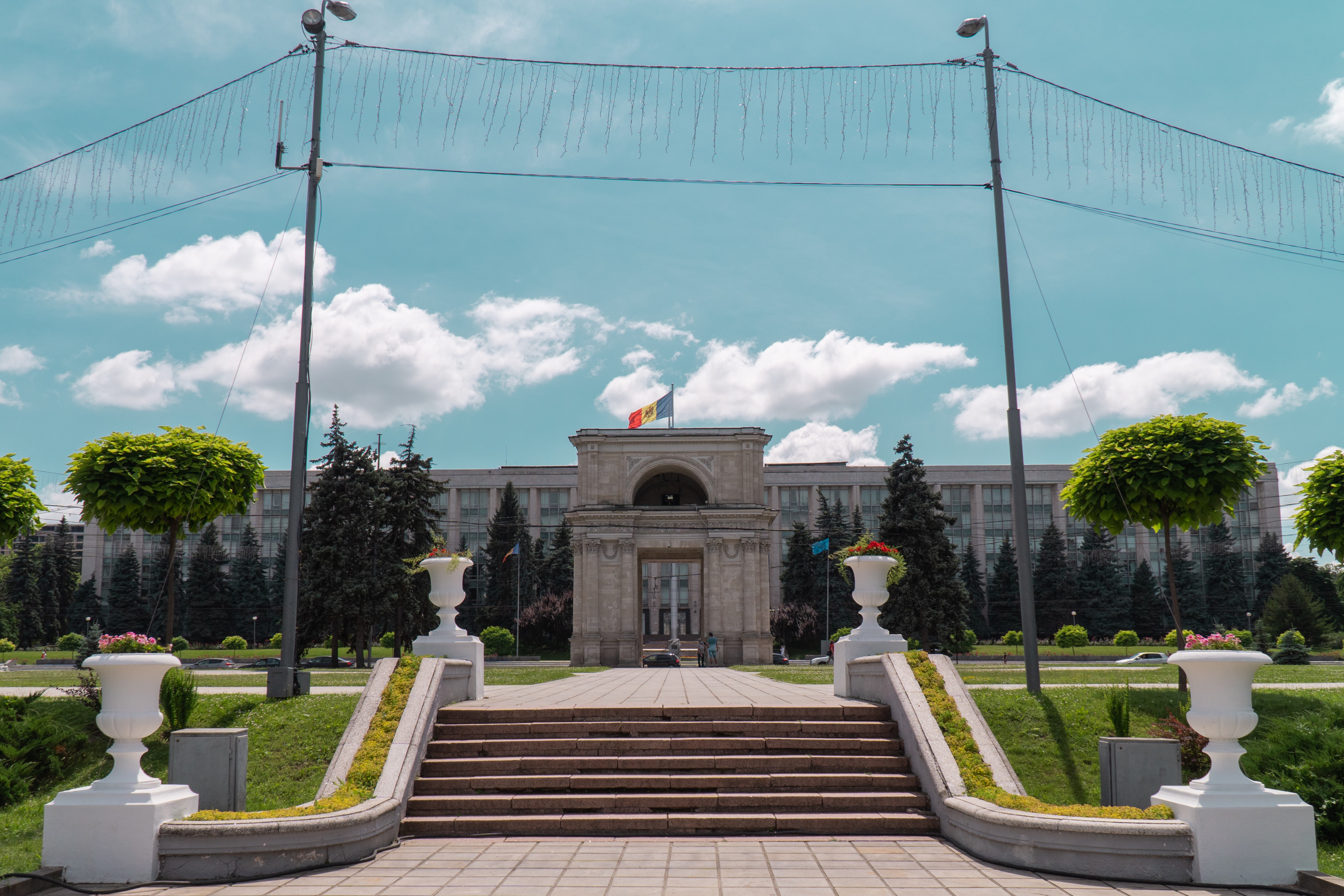Agriculture is the largest sector and the foundation of the Central African economy, accounting for half of the gross domestic product and employing roughly four-fifths of the workforce. Diamonds and timber also contribute to the economy. The economy is dominated by foreign (primarily French) capital, but the Central African Republic has sought development funds from Libya, Taiwan, China, Germany, and Japan since its independence.
In 1986, the World Bank and IMF advised the Central African Republic to implement a structural adjustment program to cut government spending, liberalize prices, open enterprises, and stimulate agriculture and forestry. Throughout the 1990s, the IMF requested additional reforms, such as weakening the CFA franc and privatizing several enterprises, including commercial banks and a petroleum distribution firm. Since France has lowered its financial commitments to its former African colonies, the Central African Republic‘s financial situation has deteriorated.
The economy was further strained in the 1990s by a reduction in cash crop prices, high import costs due to poor transportation, diamond smuggling, and domestic political unrest. The most serious issues, however, were corruption and financial mismanagement, which left the government unable to pay military and public sector salaries. The ensuing political upheaval lasted well into the twenty-first century.

Agriculture, forestry, and fishing
The bulk of Central Africans is farmers. Men clean the fields, while women grow cassava (manioc), corn (maize), millet, sorghum, rice, squashes, and peanuts (groundnuts) for their families’ consumption. Cotton and coffee, introduced by French plantation owners, are primarily grown on tiny plots of land. The country is virtually self-sufficient in basic staples, and agricultural diversification has been encouraged by the government. The government has also encouraged the cultivation of veggies for export. Although Central Africans have long grown sugarcane and oil palms on a local scale, the country has recently begun efforts to grow both crops on big, mechanized plantations.
Tropical rainforest comprises a considerable part of the country, primarily in the southwest, and timber exports are a vital source of foreign cash. Yet, the country’s reliance on foreign commodity markets has made the economy particularly vulnerable to price changes.
Accounting for the Central African Republic agricultural system
Agriculture employs four-fifths of the CAR’s labor force and accounts for more than half of the total GDP (53 percent in 1999). Timber, the country’s major agricultural export, is harvested by various foreign corporations. Farmers also grow cotton, coffee, and tobacco for export. Subsistence farmers plant cassava, millet, corn, and bananas for their consumption as well as for sale on domestic markets. These crops are grown by small-scale farmers utilizing traditional farming practices. Modest amounts of palm oil and sugar are produced for the home market.
Many foreign corporations obtain timber in the southwestern regions bordering Cameroon and the Congos, which is then logged and shipped. Output has increased from 200,000 to 300,000 cubic meters in the early 1990s to almost 500,000 cubic meters today. Forests spanned about half of the country in the late 1990s, but this area has shrunk because forestry corporations do not replant the trees they chop down.
More details
After timber, coffee and cotton are the major agricultural exports. Cotton, introduced by the country’s French conquerors, is farmed in the northern provinces bordering Chad. The CAR typically produces around 50,000 tons of raw cotton, which is acquired and ginned by the state cotton enterprise, SOCOCA. Cotton output decreased when prices fell in the 1980s, although it largely recovered in the 1990s. Coffee farmers in the center and southern regions produce 10,000 to 15,000 tons per year.
Cassava (manioc) is by far the most important subsistence crop in the CAR. Farmers grow over 500,000 tons of cassava each year, which is more than the combined output of millet, sorghum, rice, and corn. Peanuts, yams, and sesame are also grown for the home market. Furthermore, practically all farm households maintain cattle, partially for family consumption and partly to supplement their income. Most rural households in the country own cattle, goats, sheep, pigs, and poultry. Independent families produce these goods using traditional techniques. Some farmers use cattle to plow their fields and transport their crops, but the majority plow, hoe, and harvest by hand. The entire family, regardless of age, helps in the long, hard labor of farming.







